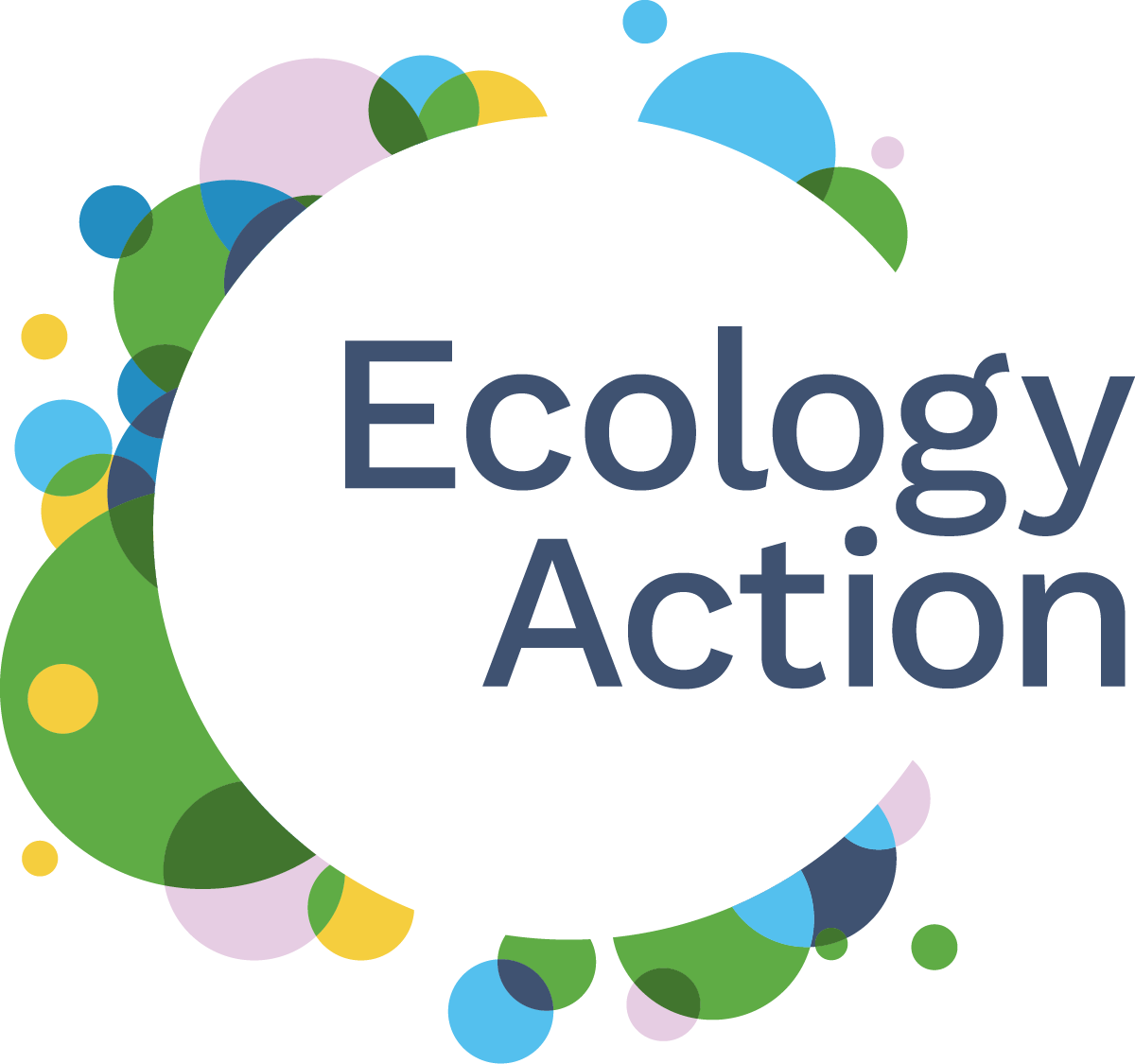Article |
Electric Vehicle Revolution: From Fringe to (Almost) Mandated in a Decade
Have you thought of switching to an electric vehicle (EV), even though your current gasoline vehicle still has some life in it? Well, climate science demands it, and the market is ready for it. Ten years ago, there were just eight electric vehicle models available in the United States (like the Tesla Model S or the Nissan Leaf), and fewer than 50,000 EVs were on the road in the U.S. Over the course of 2022 alone, however, the number of models jumped from 62 to 100, and California is working on regulations that would require every new vehicle sold in California to be a zero-emission car or truck, with medium and heavy-duty fleets being required to purchase zero-emission trucks. If enacted this summer, at least 15 other states have pledged to follow California’s lead on car standards and previous clean-car rules, and the federal government usually follows in an initiative like this.
Emissions are one driver of the rapid transformation. Our local emissions mirror the state and the nation, with transportation topping the emission charts. The City of Santa Cruz’s latest carbon footprint assessment indicated that 69% of GHG is emitted from transportation. Similar assessments for Watsonville identified transportation emissions accounting for 53% of Watsonville’s and 51% of Santa Cruz County’s respective carbon footprints.
It’s easy to say that we all need to drive less to reduce our carbon emissions by swapping car trips for biking, walking, carpooling, or taking public transit—but, for many, driving less isn’t an easy or viable option, especially for longer trips. The quickest way that many of us can cut our emissions in half or more is by switching our current car out for an EV as soon as possible. While EVs do have an environmental impact (through battery material extraction, tire wear, and the energy consumption to produce and move an EV), the sustainability and carbon reduction advantages of an EV are significant compared to a gas car. There are also exciting green economic responses, such as the establishment of a new electric vehicle battery recycling program in California. This is why the Sierra Club, the Environmental Defense Fund, and other environmental organizations wholeheartedly support EV adoption and why Ecology Action has been accelerating our EV market transformation work in low-income apartment charging solutions, EV education and outreach, and EV purchase guidance assistance in our community to spur adoption for the past decade.
The EV market is rapidly maturing, with more diverse model types (think trucks, SUVs, and vans) available with greater driving ranges. Quality used EVs are entering the market in record numbers as they come off leases and as original owners upgrade to newer models. Mainstream automakers such as General Motors, Volkswagen, and Ford are shifting their production to EVs as they try to catch Tesla, which dominates the market. In California, there are one million EVs in operation today; state climate goals call for five million by 2030, with an end to new gas-powered car sales in the state by 2035. EV sales globally are on the rise, according to a recent report from the International Energy Agency. In 2012, approximately 130,000 electric cars were sold worldwide. Globally, that is now the number of EVs sold in a single week. Sales of electric cars more than doubled in 2021 to 6.6 million, representing nearly 9% of the global car market, and they are expected to exceed 20 million globally by the end of the year.
California has a goal to achieve five million zero-emission vehicles (ZEVs) on the road by 2030. The Central Coast’s per-capita share of that is around 187,500, yet we have fewer than 30,000 EVs on our roads today. You can help hit the accelerator on EV sales to benefit yourself and the planet. An EV reduces your carbon footprint and saves you money on fuel and maintenance costs while you experience the pleasure of driving a high-performance car guilt-free. And when you plug in an EV locally, your electricity is carbon free thanks to Central Coast Community Energy.
Interested in making the switch? There are seventy different makes and models of EVs, with various federal, state, and local financial incentives to drive down the cost of EV purchases. Ecology Action has been promoting the transition to electric vehicles since 2010, and we can help you find out what EV might be right for you. Moderate to high-income residents can find out what is right for them by using Veloz’s Electric for All site. And thanks to the support of our funders, we’ve developed EVs for Everyone/EVs Para Todos, an online resource backed by in-person concierge services that provides support to low- and moderate-income consumers who are eligible for greater financial incentives to buy and charge an EV. To date, we have reached over 270,000 low- and moderate-income residents with EV education through this program in order to engage and inform them that EVs can meet their driving needs at an affordable price. Our team of EV Community Ambassadors has provided one-on-one EV purchase guidance support to help over 200 lower-income residents from Santa Cruz to Ventura Counties access grants and incentives to purchase their first EVs, sometimes exceeding $14,000 in financial assistance. This program ensures that no one is left out of the transportation electrification movement, which has typically overlooked the under-resourced communities that stand to benefit the most from it.
Yes, it’s true: cars (gas or electric) aren’t cheap…but with rising fuel prices and climate concerns, the investment is well worth the satisfying feeling (and the cost savings!) of never having to pump and pay for gas. You can take some comfort in knowing you’re doing your part for the climate and the health of future generations, and you can also send a message with your wallet and your vehicle choice to normalize and accelerate the transition to EVs.

